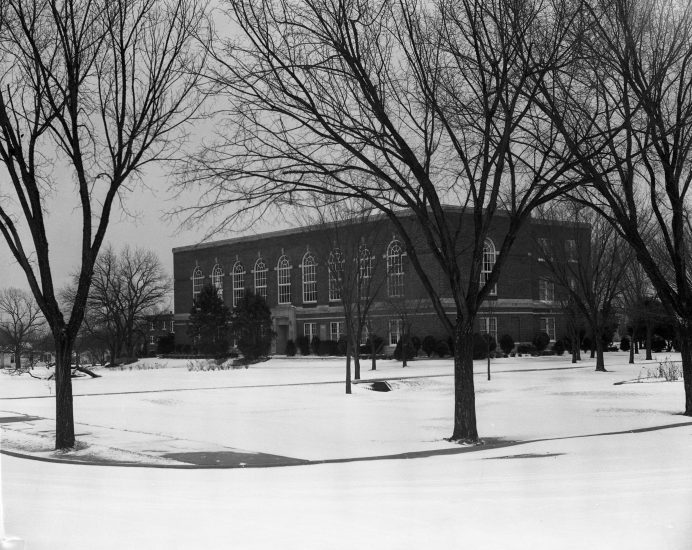TAMUC History Professor Busts Myths About The Salem Witch Trials
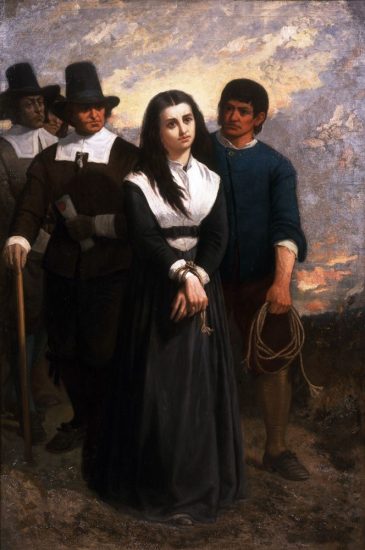
Part 3 of the Spooky Stories Series
When we think about the 1692 Salem Witch Trials, we may conjure horrific mental images of women being burned at the stake or bound by ropes and thrown into the water. But our assumptions about what happened during that bizarre time in American history may be misguided, and our mental images may be nothing more than misconceptions.
Dr. John Howard Smith, a history professor at Texas A&M University-Commerce, specializes in early American religious history during the 17th and 18th centuries. As an expert in Puritanism, he has studied and taught about the Salem Witch Trials. Contributing to October's Spooky Story Series, Smith sat down to bust some myths and share fascinating insight into this strange historic event.
First up…Myth Busting!
Myth 1: Witches were burned at the stake.
When we think about the witch trials, we might imagine a poor woman tied to a stake with a pile of burning wood at her feet. However, this is not accurate. Smith explained that witch burning was done mainly in Europe during the medieval ages. Accused witches in Salem were hanged, not burned, but the hangings were just as horrible.
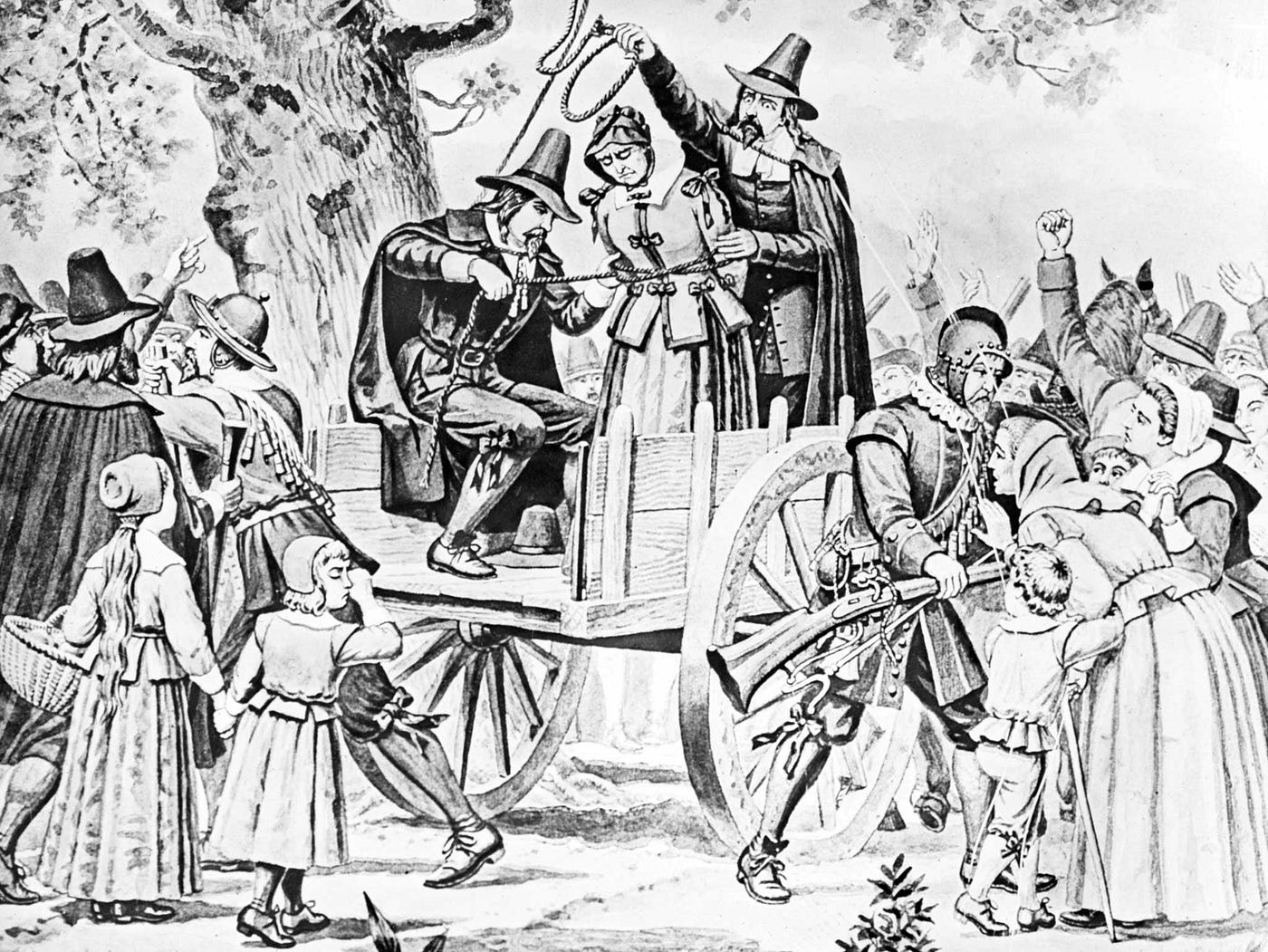
“The hangings didn't go as you see in films either—with a platform and a trap door,” he said. “They turned victims off a ladder, so they slowly strangled to death. They didn't break their necks and have ‘lights out' like it happened in later hangings.”
There was, however, one exception: a man named Giles Corey was pressed to death with stones for refusing to enter a plea when charged with witchcraft.
Myth 2: Witch hunting was common during early American history.
Many people think that what happened in Salem was not all that unique and that Puritans were routinely holding witch hunts in towns and villages all over. This is inaccurate.
Although very strict and devoutly religious, the Puritans were not usually witch hunters like we might see portrayed in the media. Smith explained that although witchcraft was illegal and a person could be charged and tried, there was a proper and expected procedure that had to be followed. And a big part of that procedure was that legitimate physical proof had to be produced.
“In general, the courts were supposed to carefully examine the accusers and the accused separately, and so that it was easy to figure that an accuser was lying or motivated by an ongoing dispute.”
However, when the hysteria ensued in Salem, the citizens of Salem threw out the rule book, including standard courtroom functions. Rather than conducting an orderly, organized court, officials in Salem allowed everyone to gather in the courtroom all at once and fling accusations, which then fed into the chaotic hysteria.
“A couple of the men who were judges didn't even have legal training. And there was no such thing as defense attorneys at the time. There was usually a prosecutor, but they didn't even have prosecutors in the Court of Oyer and Terminer that tried the accused witches. They just had this tribunal of men who were hearing the supposed evidence and then rendering judgment,” Smith explained.
Because Salem broke the rules and procedures, the witch hunts that happened (contrary to popular belief) were an anomaly in common Puritan culture.
“Witch hunting is not a huge part of Puritan New England history,” Smith confirms. “Salem is an outlier. It's unusual.”
Myth 3: Float tests determined if someone was guilty or innocent.
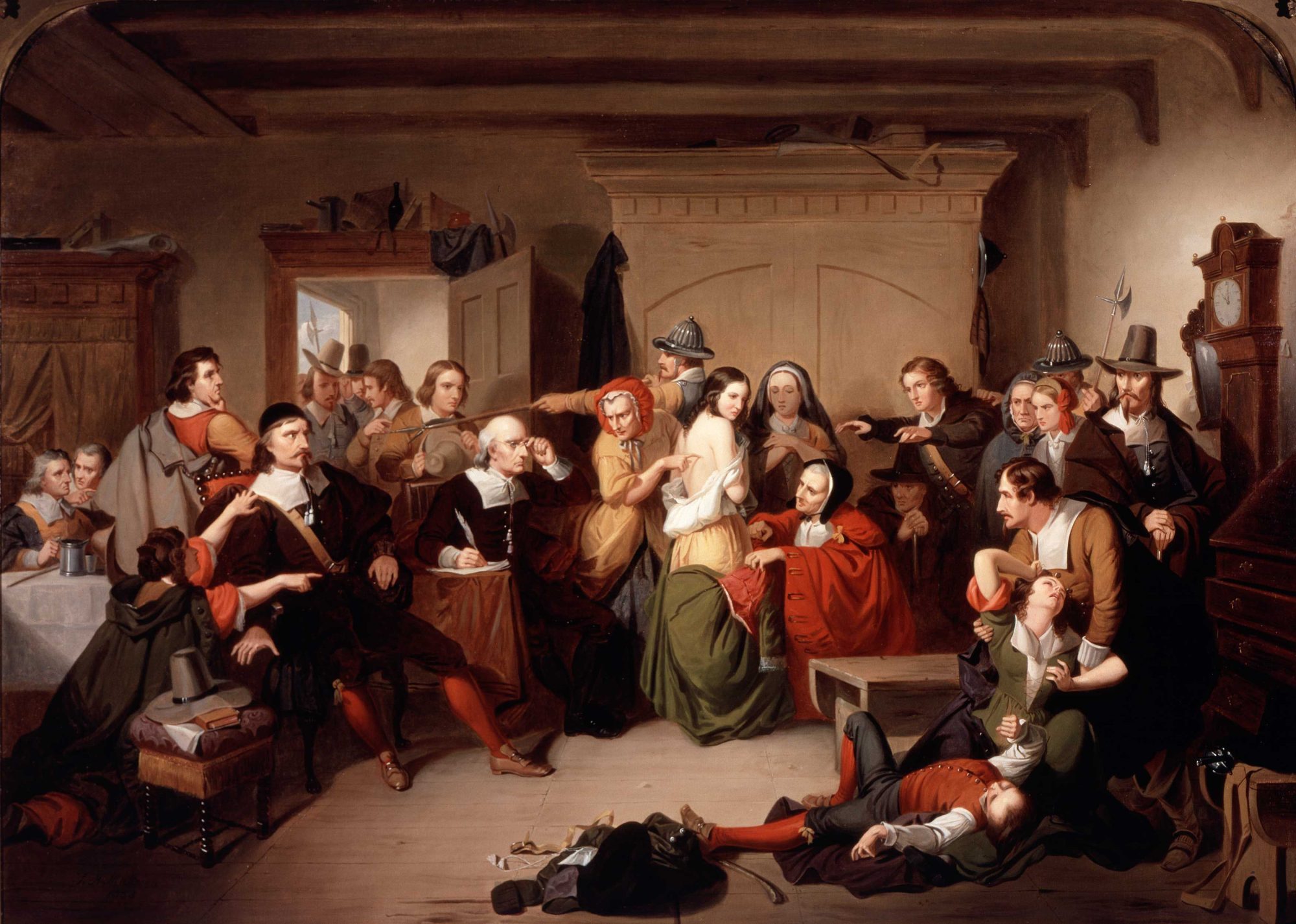
Stories circulate about Salem's witch tests, which include throwing a suspected witch into water while bound. If they floated, they were proven to be a witch; if they drowned, too bad, but at least they weren't a witch.
However, according to Smith, this type of test was also a myth carried over from early European history, just like burning at the stake. It wasn't happening in 17th-century New England. However, two standard witch tests were still being performed. The first was to see if the accused witch could recite the Lord's Prayer; however, there were some doubts as to the accuracy of this test. The other, more widely believed test, was to look for physical signs on the witch's body.
“The people of Salem believed that if a person had a pact with the devil, there would be physical marks, and someone could find them,” Smith said.
So, the witch tests in Salem consisted mainly of a physical examination for “the witche’s teat,” which the Puritans believed was a sort of third nipple from which a witch's familiar would suck blood.
“Woe be unto a woman with skin tags or a weird mole,” Smith said ruefully.
Myth 4: Rotten wheat, which produced mass hallucinations, caused the hysteria in Salem.
There is a common theory that suggests that what happened in Salem resulted from “convulsive ergotism,” a condition that occurs when someone eats bread made from rotten wheat. Symptoms include convulsions, delusions, hallucinations, and even the feeling that something is crawling under one's skin. These were the symptoms that many of the “bewitched” accusers experienced, so some historians theorized that perhaps what happened in Salem was a mass delusion caused by the rye bread everyone consumed. Smith disagrees with this theory.
“The Salem hysteria had nothing to do with convulsive ergotism!” Smith laughed, adding, “This theory came up, not surprisingly, during the 1960's. They thought everyone was tripping back then!”
Smith argued that while ergotism was an issue during the Middle Ages, by the 1690s, Massachusetts wouldn't have that problem. Farmers and millers would have known how to spot bad rye and how to avoid it.
On to the Fact Finding…
Smith has not only cleared up some myths about the Salem Witch Trials, but he also brought to light many fascinating facts. These little-known truths may even be more interesting than the fictional myths!
Fact 1: What really created hysteria in Salem was a mixture of war trauma, political instability, and a massive family feud.
“What caused the hysteria is complicated,” Smith explained. In fact, he called it “the perfect storm.”
Traumatized children were one little-known factor in the Salem hysteria. It all started with King Philip's War, which was a significant conflict between colonizers and Indigenous peoples in the 1670s. The violence of the wars drove many displaced settlers to seek refuge in Salem. Many of the refugees were small children who had witnessed extreme violence, and those traumatized children grew into teenagers who accused many people of witchcraft.

Religious and political persecution were another cause. In 1685, King James II became ruler, and, as Smith phrased it, “he hated Puritans with a most violent passion,” so he targeted Puritan communities like Salem. King James II was suddenly dethroned, and King William III and Queen Mary II were crowned in his place. There was hope that the new king and queen might restore the Puritan colonies to their original power, but it never came to pass.
“So the nasty dominion regime was gone, but there was still a lot of political instability and uncertainty,” Smith said.
This left the Puritans nervous, unsure and in a suspicious state of mind.
The third and most significant factor was a family feud in Salem. Salem was split into two areas: Salem Village, a poorer, rural farming area, and Salem Town, a wealthier, more developed area near a large port used for importing and exporting. The village wanted to separate from the town and claim autonomy, which the town fought.
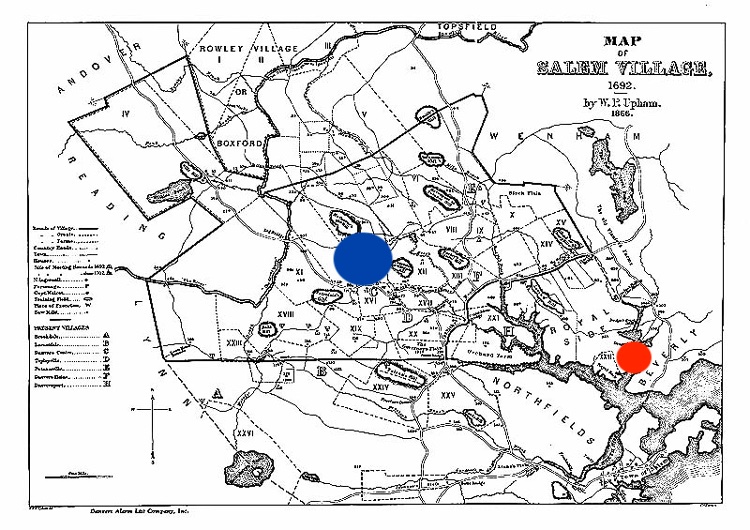
Each area had a prominent family: the Putnams from Salem Village and the Porters from Salem Town.
“The Putnams greatly supported separation from Salem Town, and the Porters fought it. So even though they were from different parts of town, there was major competition for land and seats in government,” Smith said.
This led to a massive feud between the two families, which spread throughout Salem. When the witch trials began to surface, the rivalry played a significant role in who was afflicted and who was accused.
“Approximately 60 or 65% of the accusations came from people living in the west end, and the vast majority of them were somehow connected to the Putnam family. And the bulk of those accused were from the East end of the village, and either belonged to or were connected to the Porter family,” Smith explained.
So all three of these factors—traumatized children, an unsteady government, and the feud between the Putnams and Porters—fed into each other and ultimately produced the hysteria that became the Salem Witch Trials.
Fact 2: The trials mainly targeted women.
We often see images of women as targets of the Salem Witch Trials. Smith said that this idea is historically accurate.
“The default assumption arrived at by male theologians, male ministers, even male scientists, was that women were likelier to be witches because of Eve [from the Bible].”
However, Smith quickly added that such a belief didn't entirely exclude men.
“They didn't discount the possibility of men being witches, but they considered it less likely because men were supposedly more emotionally, spiritually, and intellectually mature. So out of the nearly 300 people who were accused, the vast majority were women,” he said.
Fact 3: The trials only lasted one year.
The trials began in the late summer of 1692 and ended in the early spring of 1693.
During that one year, 20 people were executed as witches, which Smith suggested “indicates a certain degree of restraint, considering that nearly 300 people were accused.”
So, what officially ended the year-long hysteria? According to Smith, it was old-fashioned nepotism.
“The thing gets shut down by the Massachusetts governor, Governor William Phipps, as soon as his wife started getting mentioned as a possible witch,” Smith explained. “He told the court, ‘Clear what's on your docket, and then we're done.' And he started commuting the sentence every time they found someone guilty and sentenced to be hanged. So, the hangings stopped before 1693.”
Fact 4: The State of Massachusetts basically swept the trials under the rug for over 250 years.
Despite executing 20 innocent people, neither the town of Salem nor the state of Massachusetts provided justice to the victims and their families. There were no repercussions for anyone involved in the Salem Witch Trials. There wasn't even an official acknowledgment of the wrongdoings for over two centuries. In the early 1700s, the colony of Massachusetts began quietly paying compensation to survivors and family members of the executed compensation, but there was no public apology or response until 1957.
“There was never a resolution or Massachusetts legislation saying, ‘Oh, this was wrong, it should have never happened' until much, much later. After the trials, Salem Village quickly got its independence from Salem Town, renamed itself Danvers, and did everything it could to say ‘Nope, nothing happened here, let's move on,'” Smith said.
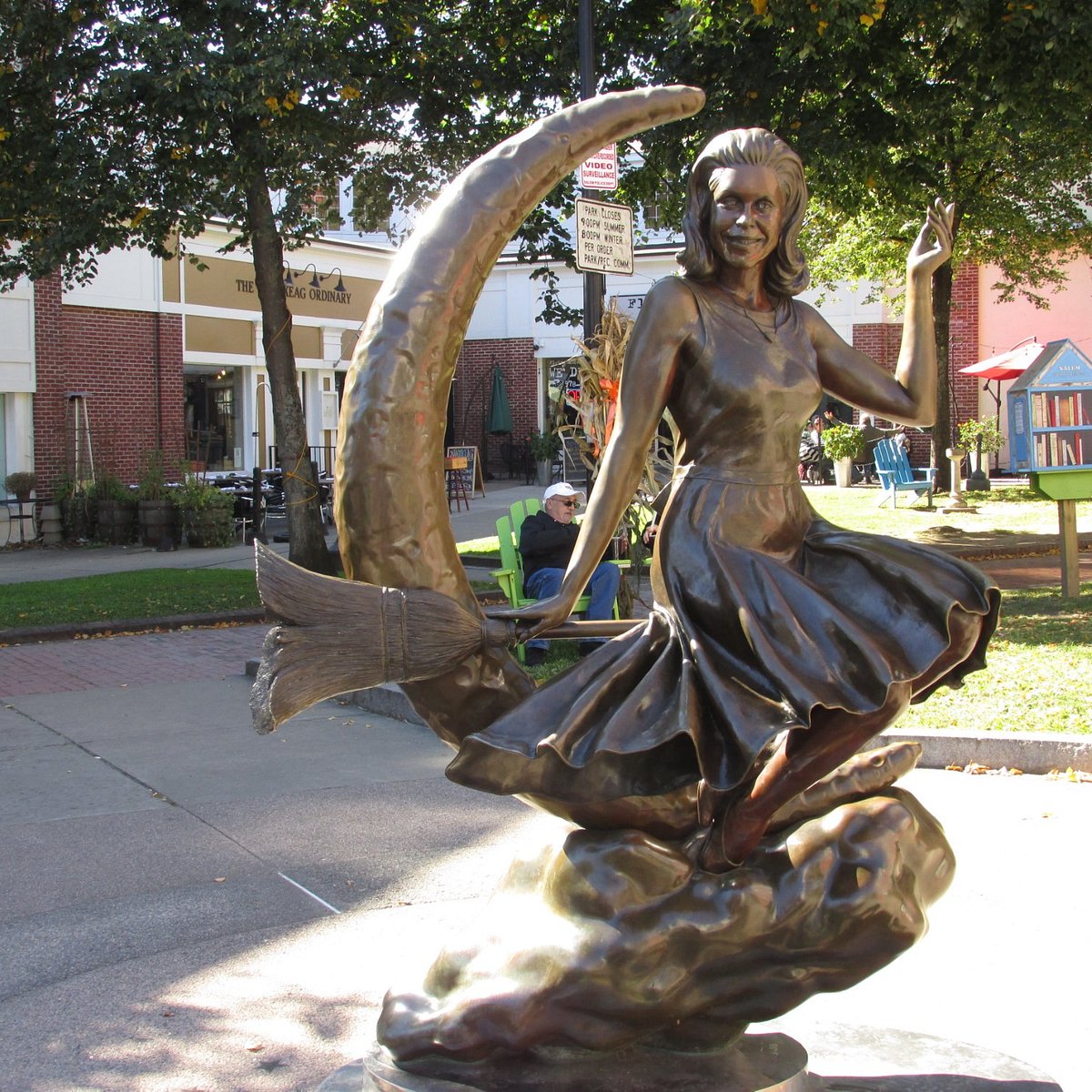
In current-day Salem, however, it's a very different story. Now, Salem, Massachusetts, embraces its witchy heritage, with metaphysical shops and festivals and even a giant statue of a broom-riding Elizabeth Montgomery, the actress who played the starring role in the 1960s sitcom “Bewitched.” Thousands of tourists flock to the city every October to get a feel for the “witchy” atmosphere.
Smith has mixed feelings about Salem's Halloween antics. “A lot of it is tacky,” he said, “but simultaneously, it's a beautiful town! There are some lovely houses. On one level, I would love to live there. But on another level, if I did, I would take a vacation every October.”
A Clearer Picture
Smith's expertise on the Salem Witch Trials help paint a clearer picture of a dark time in American history, separating fact from fiction. Some things we assumed were truths we now know are myths. Other things that were fuzzy are now clear. And to think—we didn't even need a crystal ball!
If this article interested you, check out Smith's featured courses, especially his special studies course, “HIST 497: The Salem Witch Trials” that will be offered in the Spring 2024 semester!
Featured Photo: A painting titled “The Salem Martyr,” by Thomas Satterwhite, 1869




